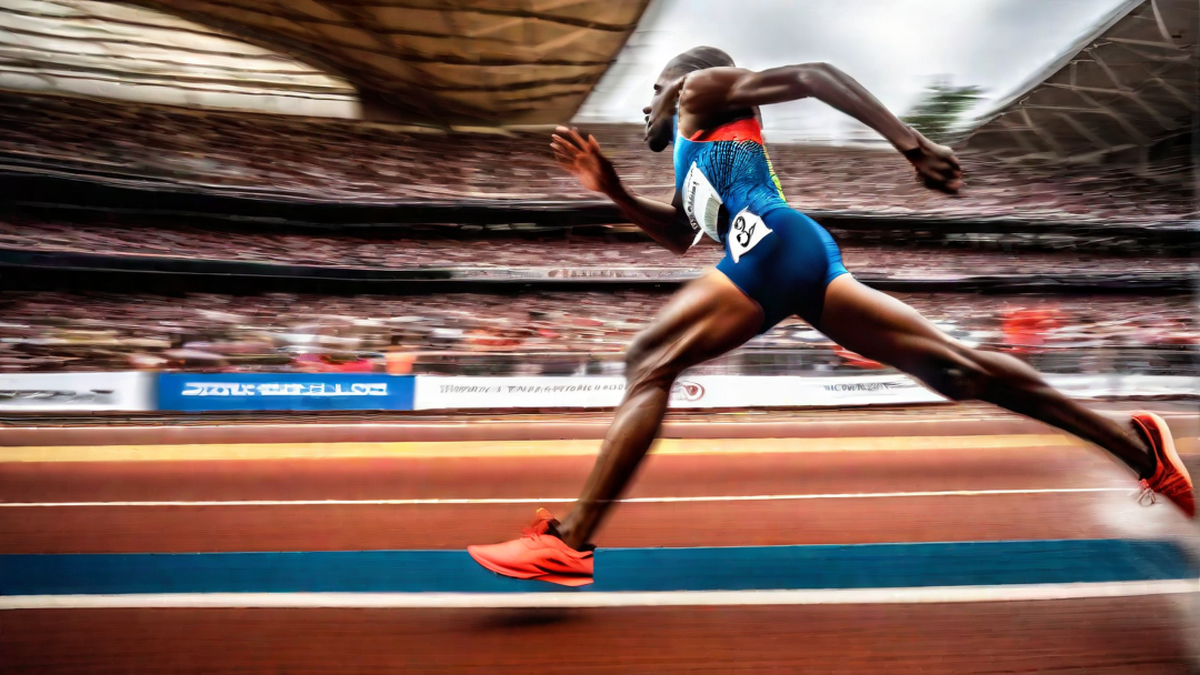Running on toes, also known as forefoot running, has become a popular topic of discussion among runners and sports enthusiasts. Many people believe that running on toes can increase speed and efficiency, while others argue that it may lead to injury or discomfort. In this article, I will explore the debate and provide my personal insights and experiences on the matter.
Understanding Forefoot Running
To better understand whether running on toes is faster, it is important to first understand the mechanics behind it. Unlike heel striking, which involves landing on the heel with the toes pointed upward, forefoot running involves landing on the balls of the feet, with the toes pointed downward. This running technique is believed to mimic the natural gait of humans and is commonly associated with an efficient and faster stride.
Personally, I have found that running on my toes allows for a more natural and fluid motion. It feels as if my body is propelling forward with each stride, resulting in a smoother and faster running experience. Additionally, running on toes engages the calf muscles more, which can lead to increased strength and endurance over time.
The Speed Debate
When it comes to running on toes and speed, opinions are divided. Some argue that forefoot running reduces ground contact time, allowing for a quicker turnover and increased speed. The theory behind this is that the spring-like action of the calf muscles, combined with the natural flexion of the toes, can generate more power and propel the runner forward.
On the other hand, critics of forefoot running claim that it requires more energy expenditure and may lead to fatigue over longer distances. They argue that the increased strain on the calf muscles and Achilles tendon could potentially lead to injuries such as shin splints or Achilles tendinitis.
My Experience
As someone who has experimented with both heel striking and forefoot running, I can attest to the benefits of running on toes in terms of speed. When I transitioned from heel striking to forefoot running, I noticed a significant improvement in my speed and efficiency. My strides became quicker and lighter, and I felt a natural propulsion that I hadn’t experienced before.
That being said, it is important to approach forefoot running with caution. It is advisable to gradually transition into this running technique to allow the muscles and tendons to adapt. I recommend incorporating strength and flexibility exercises for the calf muscles to help prevent potential injuries.
Conclusion
In conclusion, the debate on whether running on toes is faster is a subjective one. While some runners swear by the benefits of forefoot running for speed and efficiency, others may find it uncomfortable or prone to injury. It ultimately comes down to individual preference and biomechanics. If you are considering switching to forefoot running, I encourage you to give it a try and listen to your body. Experiment with different techniques and find what works best for you. Happy running!

